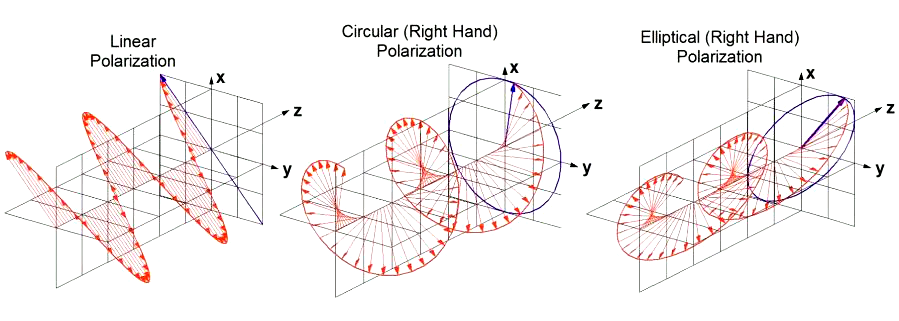400-9920-618
The RFID antenna is a crucial part to realize the reading function of the RFID hardware device. The difference of the antenna directly affects the reading distance, range, etc., and the antenna is an important factor affecting the reading rate. The antenna of the RFID reader can be mainly devided into linear polarization and circular polarization according to the energy mode.
The polarization of the antenna refers to the law that the direction of the electric field vector changes with time in the maximum radiation direction of the antenna. Different RFID systems use different antenna polarization methods. Some applications can use linear polarization, for example, on the assembly line, the position of the electronic tag is basically fixed, and the antenna of the electronic tag can use linear polarization. But in most occasions, since the orientation of the electronic tag is unknown, most RFID systems use circularly polarized antennas to reduce the sensitivity of the RFID system to the orientation of the electronic tag. According to the trajectory shape, polarization can be divided into linear polarization, circular polarization and elliptical polarization, among which linear polarization and circular polarization are more widely used.

RFID linearly polarized antenna
The electromagnetic wave emitted by the reader antenna of the linearly polarized antenna is linear, and its electromagnetic field has strong directionality, and has the following characteristics:
1) Radio frequency energy is emitted from the antenna in a linear fashion;
2) The linear beam has a unidirectional electromagnetic field, which is stronger than the circularly polarized antenna, but the range is narrower and longer;
3) Compared with the circularly polarized antenna, the one-way reading distance is longer, but due to the strong directivity, the reading width is narrower;
4) Tags (Identification Objects) adapted for direction of travel determination
When the RFID tag is parallel to the antenna of the reader, the linearly polarized antenna has a better reading rate. Therefore, the linearly polarized antenna is generally used to read tags whose travel direction is known, such as pallets. Since the electromagnetic wave beam of the antenna is limited to a narrow range within the plane size of the reader antenna, the energy is relatively concentrated and can penetrate materials with higher density. Therefore, it has better penetrating power for materials with higher density and is suitable for larger and high-density identification objects, the linearly polarized antenna actually sacrifices the wideness of the reading range in exchange for the sensitivity of the tag and the length of the one-way reading distance. Therefore, the antenna of the reader must be parallel to the plane of the label when using it, in order to have a good reading effect
RFID Circularly Polarized Antenna
The electromagnetic field emission of the circularly polarized antenna is a helical beam, which has the following characteristics:
1) Antenna RF energy is emitted by a circular helical antenna;
2) The circular helical beam has a multi-directional electromagnetic field, and the range of the electromagnetic field is wider, but its strength is smaller than that of the linearly polarized antenna;
3) The reading space is wide, but compared with the linear polarization antenna, the sensitivity of the one-way tag is lower and the reading distance is shorter;
4) Applicable to tags (identification objects) whose direction of travel is uncertain.
The circular electromagnetic beam of a circularly polarized antenna is capable of sending out in all directions simultaneously. When encountering obstacles, the electromagnetic beam of the circularly polarized antenna has strong flexibility and detour ability, which increases the reading probability of the label entering the antenna from all directions, so the requirements for label sticking and traveling direction are relatively tolerant; However, the wideness of the circular beam also brings about a relative reduction in the intensity of the electromagnetic wave, so that the tag can only enjoy a part of the electromagnetic wave energy in a certain direction, and the reading distance is relatively shortened. Therefore, the circularly polarized antenna is suitable for occasions where the direction of travel of the tag (identified object) is unknown, such as the cargo buffer area of the distribution center.
According to the application and product characteristics, Shenzhen Handheld-Wireless rfid devices mainly adopts linear polarization and circular polarization solutions to meet the needs of different projects, which can be applied to inventory stocktaking, asset inventory and other projects, and have been widely used in logistics, hospital medicine, Power, finance, public security, education, taxation, transportation, tourism, retail, laundry, military and other industries.